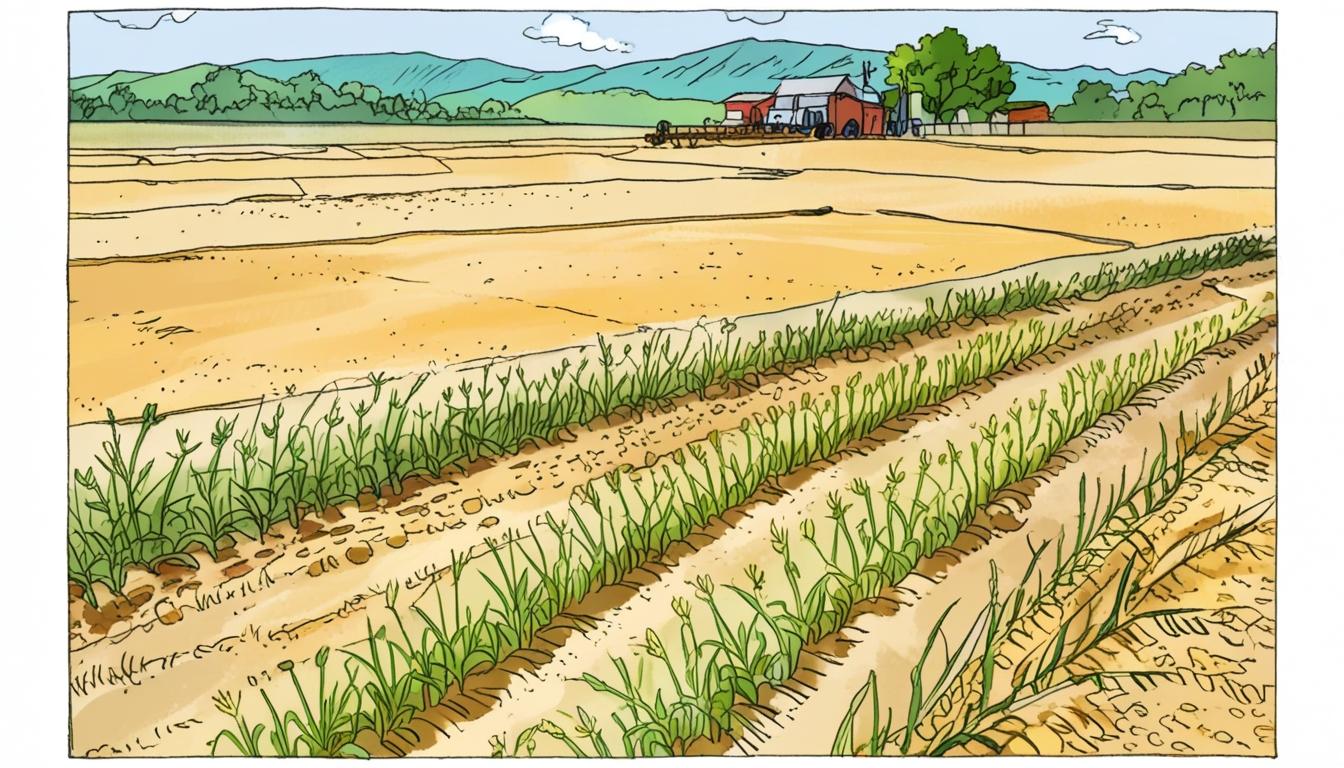The malting and barley cultivation industries are increasingly concentrating efforts on reducing the environmental footprint of their activities, with particular attention being paid to the cultivation of barley, which significantly contributes to the carbon emissions associated with malt production.
According to the Maltsters' Association of Great Britain (MAGB), while the malting process itself has already seen enhancements in energy and water efficiency, barley cultivation remains a critical area for environmental improvement. Barley can represent as much as 65% of the total carbon footprint of the final malt product, with nitrogen fertiliser accounting for up to 43% of these emissions.
MAGB’s environmental strategy outlines the sector’s plans to address these challenges, many of which are spearheaded by member businesses aiming for ambitious sustainability targets, including achieving net zero emissions by 2030. Central to this strategy is collaboration with barley growers to promote agricultural practices that support soil health, increase biodiversity, and reduce greenhouse gas emissions.
Among the techniques being explored are the use of low-carbon fertilisers and alternative nitrogen sources, such as digestate solids derived from anaerobic digestion. These innovations seek to lessen reliance on conventional nitrogen fertilisers, which contribute significantly to environmental impact.
At the farm level, existing assurance schemes like Red Tractor and Scottish Quality Crops provide a baseline for environmental standards. However, maltsters are working closely with long-established grower networks to go further, sharing best practices and advocating for regenerative agricultural methods. They also facilitate knowledge exchange through grower groups, fostering community-led progress in sustainable farming.
Research investments play an important role in these endeavours. For instance, a PhD project at the International Barley Hub has been investigating the benefits of undersowing barley with short, herbaceous legumes. This approach aims to reduce the need for artificial nitrogen fertilisers by harnessing the legumes' natural nitrogen-fixing capabilities, decrease herbicide application by suppressing weed growth, and maintain soil cover to prevent erosion.
In addition to academic research, organisations such as the Agriculture and Horticulture Development Board (AHDB) continue to support the malt and barley sector by providing independent research, technical advice, benchmarking tools, and comprehensive guidance on sustainable crop production practices.
Through a multifaceted approach focusing on improving the environmental performance of barley cultivation, optimising malting processes, and fostering collaboration throughout the supply chain, the malting industry is working to ensure that malt production remains viable while meeting its environmental responsibilities. This strategy reflects the sector’s commitment to balancing productivity with sustainability as it looks toward the future.
Source: Noah Wire Services
